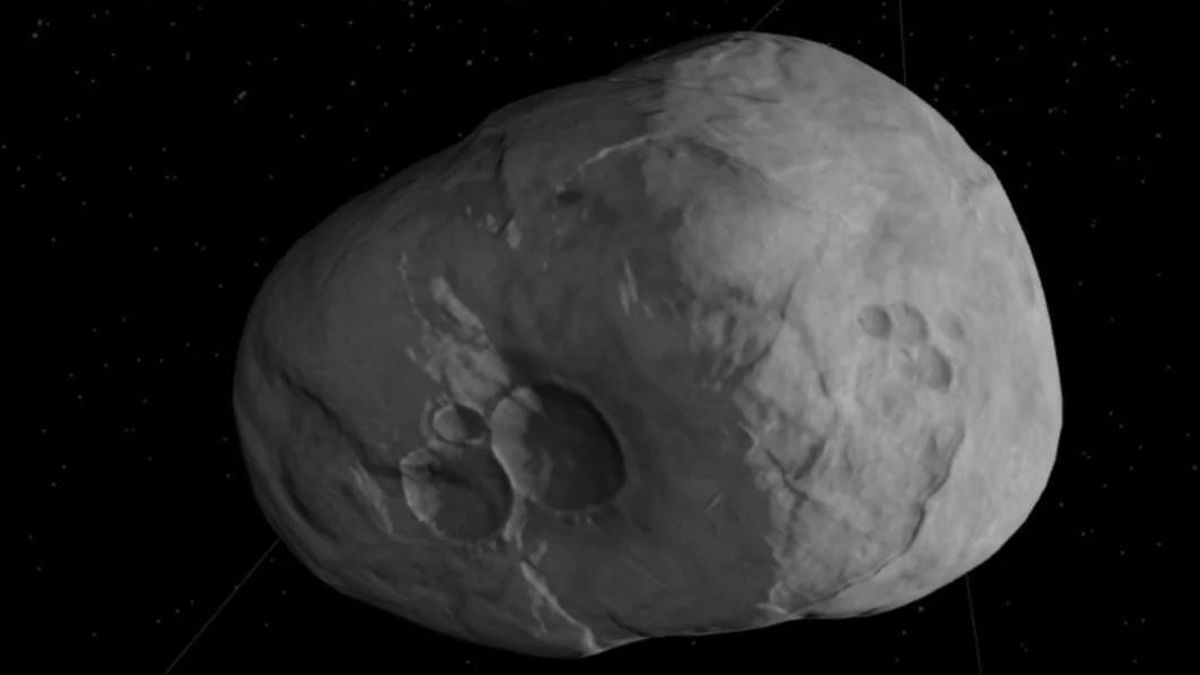JAKARTA - A giant asteroid has a small chance of sliding to Earth on Valentine's Day 23 years from now. Called 2023 DW, this asteroid now sits on the European Space Agency Risk List (ESA).
The 2023 DW asteroid is seen on the list as the only one ranked first on the Torino scale, which is used to categorize the danger of colliding near-Earth objects.
However, scientists assured DW 2023 that it only had a very small opportunity to impact the planet. The analysis comes from the ESA Center for Coordination of Near-Earth Objects, which often looks for space rocks that are dangerous to Earth.
We've been tracking a new asteroid named 2023 DW that has a very small chance of impacting Earth in 2046. Often when new objects are first discovered, it takes several weeks of data to reduce the uncertainties and adequately predict their orbits years into the future. (1/2) pic.twitter.com/SaLC0AUSdP
— NASA Asteroid Watch (@AsteroidWatch) March 7, 2023
As the new 2023 DW asteroid was discovered a few days ago, scientists continued their analysis to better determine the characteristics of the rock, which is similar to the Olympic swimming pool, about 50 meters.
"We have tracked a new asteroid called 2023 DW which has a very small chance of hitting Earth in 2046," NASA's @AsteroidWatch tweeted.
"Often when new objects are first discovered, it takes several weeks of data to reduce uncertainty and predict their orbits adequately over the years," he added.
The Twitter account added that orbit analysts will continue to monitor the 2023 DW asteroid and update predictions as more data comes in.
Launching Digital Trends, Friday, March 10, if further analysis shows an increased risk of 2023 DW hitting Earth, this will be a golden opportunity for NASA to implement its asteroid deflection system on the Double Asteroid Redirection Test (DART) spacecraft.
The technology was tested last year with great success when it destroyed a spacecraft into a Dimorphos asteroid orbiting Didymos, with the strength of the collision to change the direction of the rock.
The English, Chinese, Japanese, Arabic, and French versions are automatically generated by the AI. So there may still be inaccuracies in translating, please always see Indonesian as our main language. (system supported by DigitalSiber.id)













